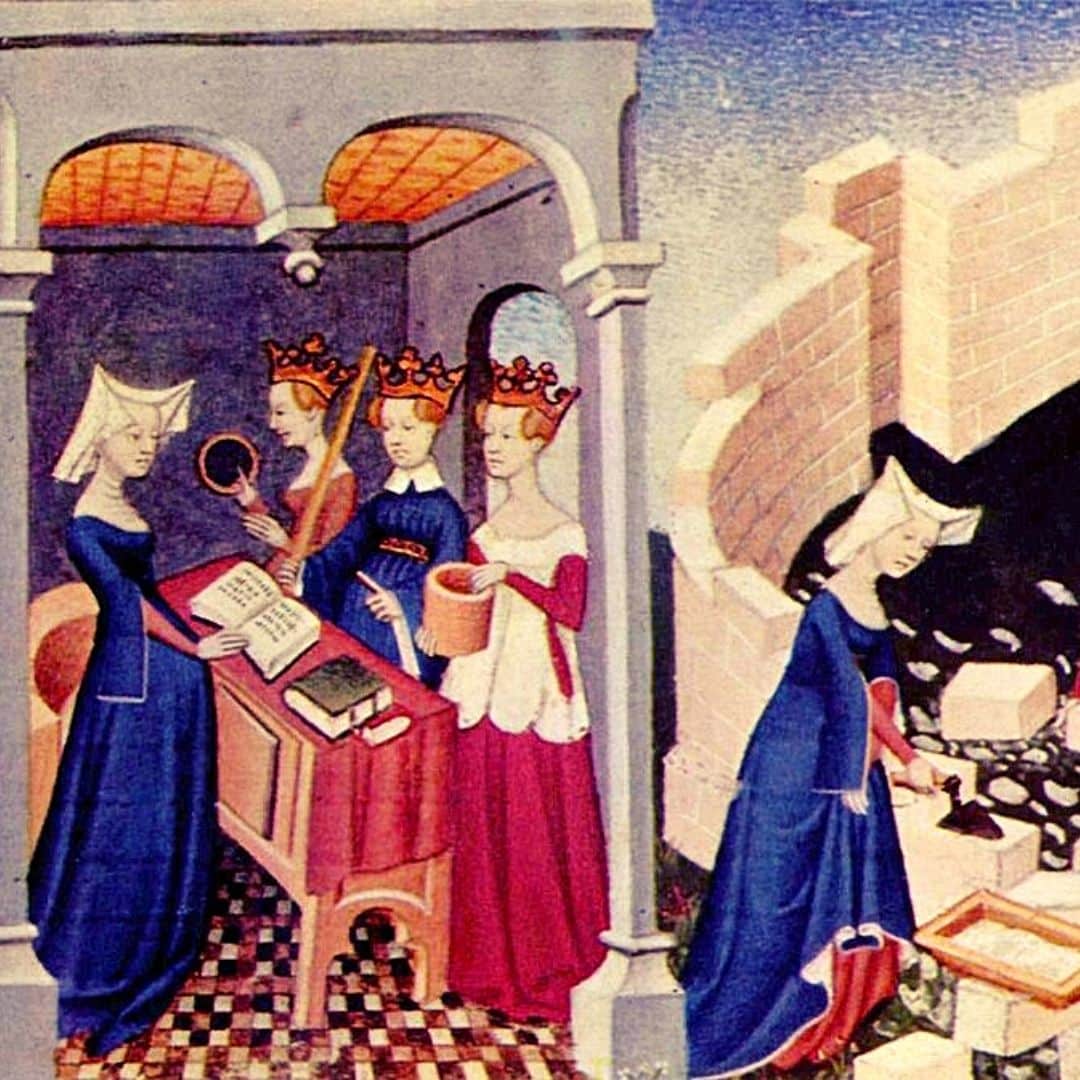On Witches ‘ Day, let’s take a step back in time and reflect on what a witch is and how they have been persecuted throughout history, from ancient times and especially in the Medieval and Modern eras.
In fact, it is estimated that witch-hunting in the Modern Era led to the execution of around 200,000 innocent people. And that more than 80% were women.
Witch-hunting in modern Europe was a phenomenon that was forged throughout the Middle Ages and had its roots in pre-Christian/pagan cults.
Text by Rocio Rivas Martinez - author of the online certificate course History of Women (Gender)
Witches throughout history
Witches in Antiquity
If we go back in time, we can see that, as early as the classical world, the belief in two types of magic was documented, one with good intentions (white magic) and one with bad intentions (black magic).
In Ancient Greece we find small sculptures depicting the victim (naked and with their hands tied behind their back) with iron needles inserted to cause injury to the person.
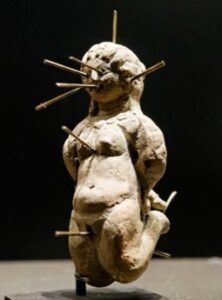
Witchcraft was practiced mainly by women who had the power to transform themselves, make people ill, fly, cause storms… All this under the protection of the night and deities such as Diana, Hecate or Selene (mother goddesses related to lunar and fertility cults).
In classical literature, we can already find female sorcerers / witches who are harmful to men, such as Medea (legend of Jason) or Circe (Odyssey).
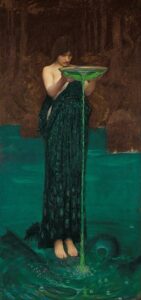
This type of magic and practice was seen as illegitimate and therefore prohibited by laws such as the Law of the XII Tables or the Lex Cornelli (5th century BC).
Witches in the Middle Ages
Little by little, in the Middle Ages, Christianity drew an image of the world divided into two (Speculum Majus by Vincent de Beauvais), a Christian/upper part and a pagan/lower part where witches , sorcerers, pagan customs and the devil were to be found.
Two worlds that coexisted in different spheres (religion/magic) and were separated by a fine line that was definitively broken between the 12th and 14th centuries, when the Church began to persecute any kind of deviation or heresy through the Inquisition.
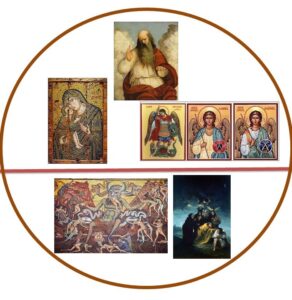
The Inquisition
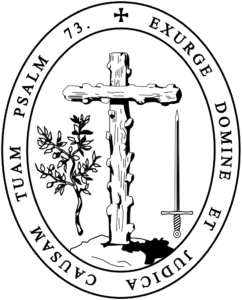
Several inquisitorial manuals and treatises were also published, including Bernard de Gui’s Inquisitionis Heretice Pravitatis, Nicolas Eymerich’s Directorium Inquistorum (1320) and E. Kraemer and J. Sprenger’s Malleus Malleficarum (1486).
All of them explained the techniques to be used in interrogations, the relationship between witches and the devil, the types of witches , the powers witches had, encounters with the devil, advice on how to fight them… (Drury, 2003).
This led to a wave of accusations of witchcraft and persecution throughout Europe, especially in socially and religiously conflicted territories such as Germany, Switzerland, France and England.
In fact, it is estimated that the witch hunt led to the execution of around 200,000 innocent people.
These victims were convicted for imaginary crimes that had their true reality in neighborhood/local conflicts and ended up in anonymous accusations based on mere suspicions, without the need to present evidence.
The interrogation of witches was sometimes accompanied by a series of tests to identify the witch .
The most common were: the red-hot iron test (a previously blessed piece of red-hot iron was taken and, if there were no burns afterwards, there was no guilt), the water test (the accused was thrown into a well tied up and, if she sank, she was innocent), the needle test…
Famous trials of witches
Joan of Arc (c. 1412 – 1431)
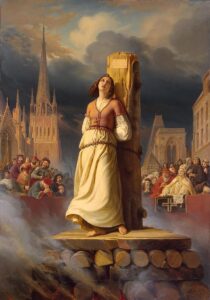
The death of Joan of Arc at the stake, by Hermann Stilke (1843)
Heroine of the 100 Years’ War and French saint – she was judged for witchcraft and condemned to death at the stake. Her trial was later reviewed and she was considered a martyr.
You can find out more about Joan of Arc’s trial here.
The 4 Chelmsford Trials
In England (16th-18th century): Elizabeth Francis, Agnes Waterhouse and Joan Waterhouse were hanged after being accused of bewitching, destroying the livestock of several neighbors and causing the death of several people.
The witches of North Berwick
In Scotland (1590-1592): seventy people were accused of witchcraft , several of whom were imprisoned and three executed (John Fian, Euphemia Maclean and Agnes Sampson) for having tried to drown King James I of Scotland at sea.
The Witches of Zugarramurdi
In Spain (1608-1610): María Jarateguia is accused of witchcraft During the interrogation, she confessed to being a witch since childhood, to having attended various witches covens and revealed the names of other witches .
In the end, the trial ended with three hundred people indicted, thirty-one convicted and eleven executed in Logroño.
The Salem witchs trials
In the United States, in 1692 and 1693. More than two hundred people were accused of witchcraft , thirty found guilty and twenty summarily executed by hanging.
The Salem witch trials were the subject of novels and films and represent a case of religious fanaticism and collective hysteria.
History of Women – gender
The aim of the History of Women / Gender online course with certificate is to analyze the figure of women throughout world history, from prehistory to the modern age.
This way, in this it is possible to analyze the situation of women, the concept and evolution in the different historical phases.


